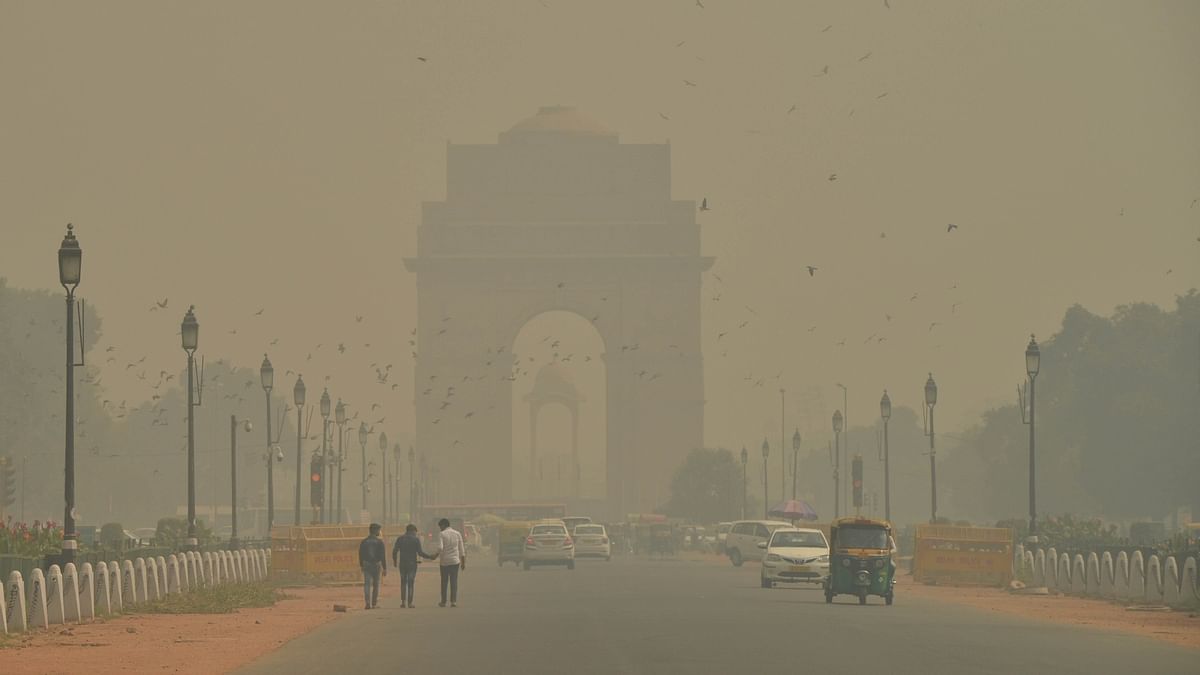In the last two weeks the air quality in New Delhi, as well as in other northern cities in India, has significantly worsened which may cause a surge in the number of COVID-19 infections and deaths.
The latest studies conducted by Harvard and Cambridge Universities indicate that air pollution is firmly connected to a higher risk of COVID-19 infection and death. Researchers from Harvard University found that only one microgram of PM 2.5 pollutant in the air can increase the risk of death from COVID-19 by 8%. In turn, the University of Cambridge has discovered that people who face prolonged exposure to polluted air, such as nitrogen dioxide which comes from burning fossil fuels or from cars, can suffer the effects of COVID-19 more severely than those who do not.
During the first wave of the pandemic, Indians could enjoy relatively clean air because, due to the lockdown, many large factories were closed and traffic was significantly reduced. However, in recent weeks India has again begun to register very high levels of air pollution. In the Indian capital, New Delhi, the PM 2.5 reached a level between 180 to 300 micrograms per cubic meter which is twelve times (!) the acceptable limit indicated by WHO.
India has currently registered the second-highest number of COVID-19 cases in the world and it has the third-highest death toll, mostly because of the poor condition of its underfunded healthcare system that has left many people without medical care, especially those living in poverty. This means that roughly half of the Indian population is forced to use private healthcare services. Thus, when added to the increasing levels of air pollution, the COVID-19 situation is likely to become worse during the winter months.
The Indian capital is one of the cities most affected by the pandemic and it also experiences hazardous levels of air pollution which creates a toxic mix. The worst air quality in India is registered from November to February because of a combination of many different factors. During this period farmers clear the fields by burning crop stubble, the level of industrial and vehicular pollution increases, and the speed of the wind is low which does not allow the harmful gases to disperse.

The studies by Harvard and Cambridge universities also discovered that there is an urgent need to limit air pollution particularly in places that are severely affected by the COVID-19 pandemic. Otherwise, the rapid spike of cases may lead to the collapse of an already overwhelmed Indian healthcare system.
Scientists have discovered that air pollution not only significantly weakens the human immune system and the condition of people who suffer from diabetes, hypertension, or asthma, but it can be also responsible for the higher transmission of COVID-19 as it has been proven that particles of nitrogen dioxide can serve as a transmitter for the SARS-CoV-2 virus, spread it and extend its survival in the atmosphere. Moreover, researchers have found that nitrogen dioxide boosts the number of virus receptors to which SARS-CoV-2 can attach thus making it even more contagious.


